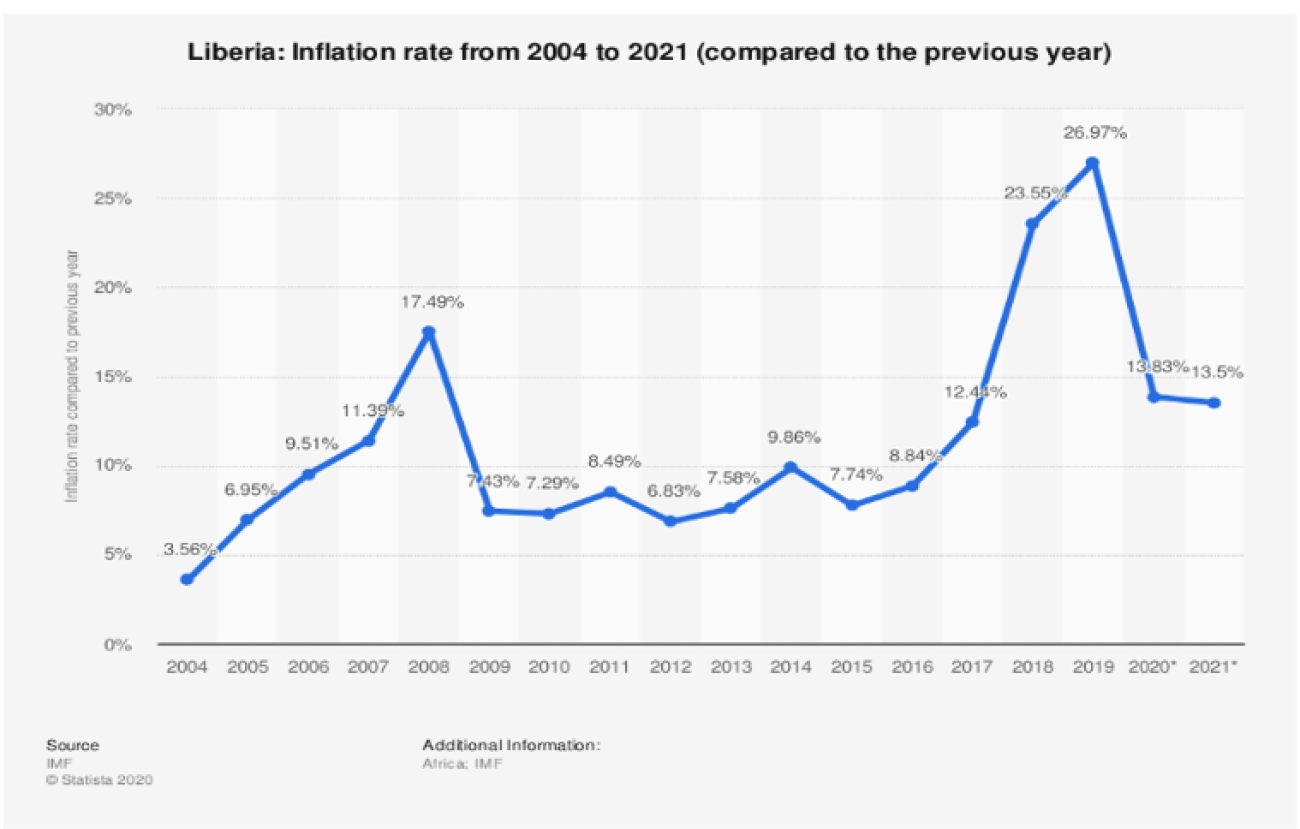Accelerating SDG implementation in Liberia

Liberia is a post war nation. The wars, that spanned about 11 years, has profoundly destroyed its economic infrastructure and and disrupted..
By Manuel Filipe - Liberia is a post war nation. The wars, that spanned about 11 years, has profoundly destroyed its economic infrastructure and disrupted its social fabric. The country is now attempting to recover from it.
While the peace has allowed for some form of recovery, and a relative normalization of the country, Liberia continues enduring the consequences of the armed conflicts it went through, including:
Relative high levels of poverty
- Liberia is still one of the poorest countries on earth, with a nominal annual GDP of about USD 3.3 billion or USD 699 per capita; It ranks 157th out of 189 in the world on income (Worldometers, 2017);
- 50.9 % of Liberians live below its poverty line, a number higher than that of other Sub-Sahara nations (43.4% on average).
- 62.9 % of Liberians live in multidimensional poverty, meaning that they endure multiple deprivations in accessing quality education, health care and decent living standards. This number is greater than that of the other Sub-Sahara countries (55% on average). The highest contributor to these deprivations in Liberia is the sub-standard living conditions, which accounts to 52.1% of the entire multidimensional poverty. Of those who are poor, 32.1% live with severe levels of deprivations.
Relatively poor human development conditions
- Liberia still belongs to the group of low Human Development nations with a Human Development Index (HDI) of 0.48, ranking 175th out 189 countries (Human Development Report, 2020);
-The health services are still far from delivering the most desired outcomes; for example the maternal mortality rate in Liberia continue being one of the highest in the world with 661 deaths per 100 000 live births, which is significantly higher than the averages for the Low Human Development nations and the Sub-Sahara countries who have 572 and 531 deaths per 100 000 live births respectively.
Notwithstanding the challenges, It is important to recognize that important milestones were achieved in the country during the ongoing post war era. The Liberian government supported by the United Nations as well as the international community has achieved an economic growth ranging from 4% in 2004, to 11.4% in 2006 and 7.6% in 2016 (IMF 2020). The country’s education, health and socio-political infrastructure has been somewhat rehabilitated, the institutions relatively strengthened and local capacity improved.
However, the country is still facing significant challenges some of which has progressively been keeping it from reaching its socio-economic potentials and are indeed compromising the achievement of the Sustainable Development Goals (SDG). Even before the problems brought by the civil wars (infrastructure destruction, social fabric devastation, social services dismantling, etc.) had been resolved, Liberia was already been dealing with high inflation rate; negative price volatility of its key exports; the impact of health crisis (Ebola and now Covid19); poor market infrastructure; limited source of revenues; just to mention a few. All these came to make the fiscal space for solving development issues even smaller.
Inflation
Since 2009 the Liberian cost of living has annually been growing. Sustaining life has becoming more expensive. The prices have been growing at an average range of 7% to 9% and has taken a turn to the worst in 2017 when the price increase reached proportions ranging from 12% to 27% annually. There are several factors that combined for the cost of living increase, including the strengthening of the US dollar; the volatility of key commodity prices; the impact of Ebola virus in the country and in the neighboring trading partners; as well as the impact of covid19;
.Commodities price volatility
Rubber, gold and iron ore make the core of the Liberian commodities for the export market. Their international prices affect directly the country’s foreign exchange earnings, the country’s currency exchange rate value and the government fiscal space. Price volatility in any of these three commodities impact the country’s current account balance and consequent financial health. These uncertainties have come to add to an already dire conditions of the Liberian finances.
Prices of some important export Commodities
Source indexmundi
The health crisis
The lockdown, closing of borders and social movement restriction in Liberia has caused tremendous damage. It constrained the informal market (the most dominate employer in Liberia, supplying 80% of employment). It also impeded trade to operate causing shortages on inputs to agriculture production and the market in general. Liberia is a net importer of most of its manufactured goods. The lockdown and restriction to social movement severely limited income generation for most Liberians.
The government ability to face crisis is extremely limited. Quoting the world bank 2019 “Liberia’s large macroeconomic imbalances, low fiscal reserves and depleted foreign exchange buffers limits the government options for addressing the Covid 19 crisis” and other forthcoming development challenges.
Deficit fiscal space
Liberia has consistently run a budget deficit, a trade deficit and a negative balance of payment. The two health crisis came to worsen the situation. According to the IMF the health crisis opened a domestic revenue shortfall projected of about US$119 million (about 5 percent of GDP) for 2020. So financing the SDG results after the crisis will require extra effort.

















